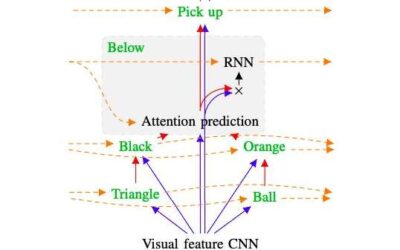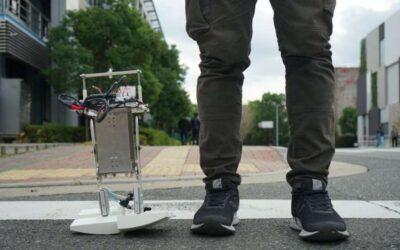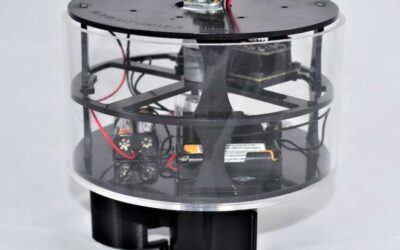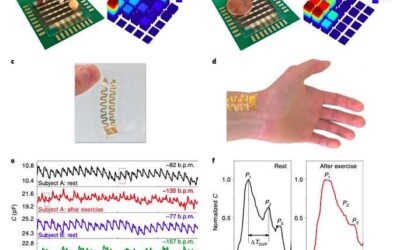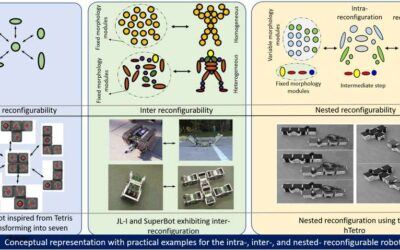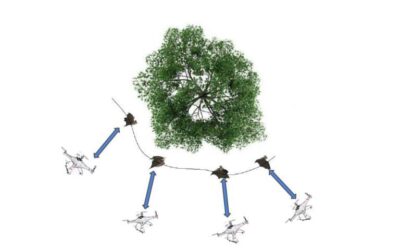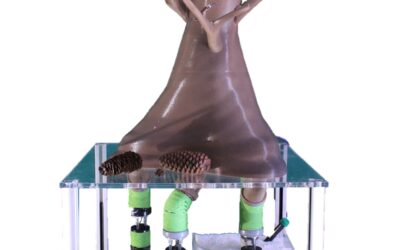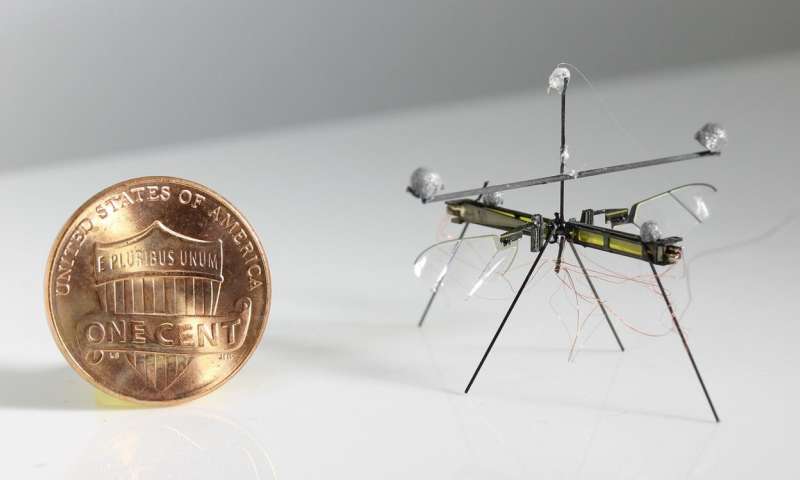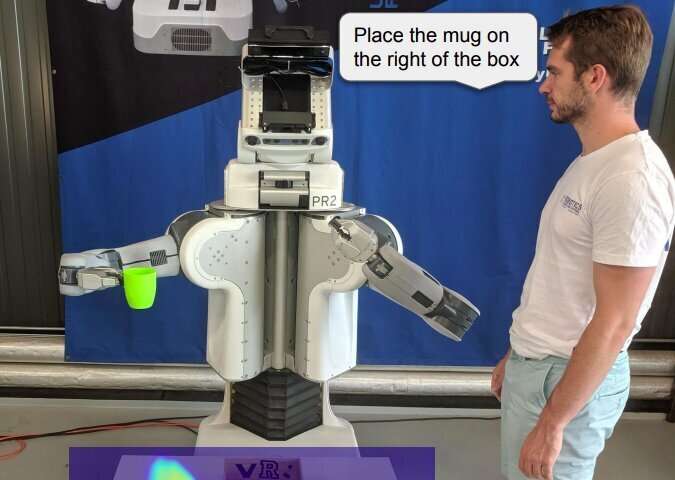In years to come, robots could assist human users in a variety of ways, both when they are inside their homes and in other settings. To be more intuitive, robots should be able to follow natural language commands and instructions, as this allows users to communicate...
Robotics
PedestriANS: A bipedal robot that adapts its walking style in response to environmental changes
Humans are generally able to adapt their walking style based on the environment they are moving in, for instance, speeding up if the consistency of the ground below their feet allows it, slowing down when the floor is slippery, changing direction to avoid puddles or...
Modboat: A low-cost aquatic robot with a single motor
Researchers at the University of Pennsylvania's GRASP Laboratory have recently designed Modboat, a robotic boat that could be used to monitor oceans or carry out marine operations. This low-cost aquatic robot, presented in a paper pre-published on arXiv, can swim in...
Highly sensitive pressure sensors for robotics and healthcare applications
Microscopic sensors that can detect small changes in pressure have numerous useful applications, particularly for the development of robots and health-monitoring wearable devices. Most existing capacitive and transistor-based pressure sensors, however, have a number...
A framework to evaluate and compare self-reconfigurable robotic systems
Self-reconfigurable robots (SRRs) that can automatically change shape and adapt to their surrounding environment have recently attracted a lot of interest within the robotics research community. These robots could have several useful applications, as they can acquire...
A simulation framework for recreating bat behavior in quad-rotor UAVs
In recent years, researchers worldwide have been trying to develop computational techniques that reproduce behaviors of humans or animals in robots and machines. This includes, for instance, the structure and functioning of the human brain, the swarm communication...
The Plantoid Project: How robotic plants could help save the environment
A new species of machines might bring substantial change in the field of robotics, with research ongoing in to the potential role for the most essential organisms on the planet: plants.
M-Hubo: A wheeled humanoid robot to assist humans with simple daily tasks
Researchers worldwide are now training robotic agents to assist humans in a variety of manual tasks, including cooking and moving objects. While many of these robots have achieved promising results, most of them are still unable to complete the tasks assigned to them...
RoboFly: An insect-sized robot that can fly, walk and drift on water surfaces
Insect-size robots could have numerous useful applications, for instance, aiding search and rescue (SAR) missions, simplifying the inspection of infrastructures and speeding up agricultural processes. Despite the advantages associated with their size, these robots can...
Training robots to identify object placements by ‘hallucinating’ scenes
With more robots now making their way into a number of settings, researchers are trying to make their interactions with humans as smooth and natural as possible. Training robots to respond immediately to spoken instructions, such as "pick up the glass, move it to the...

